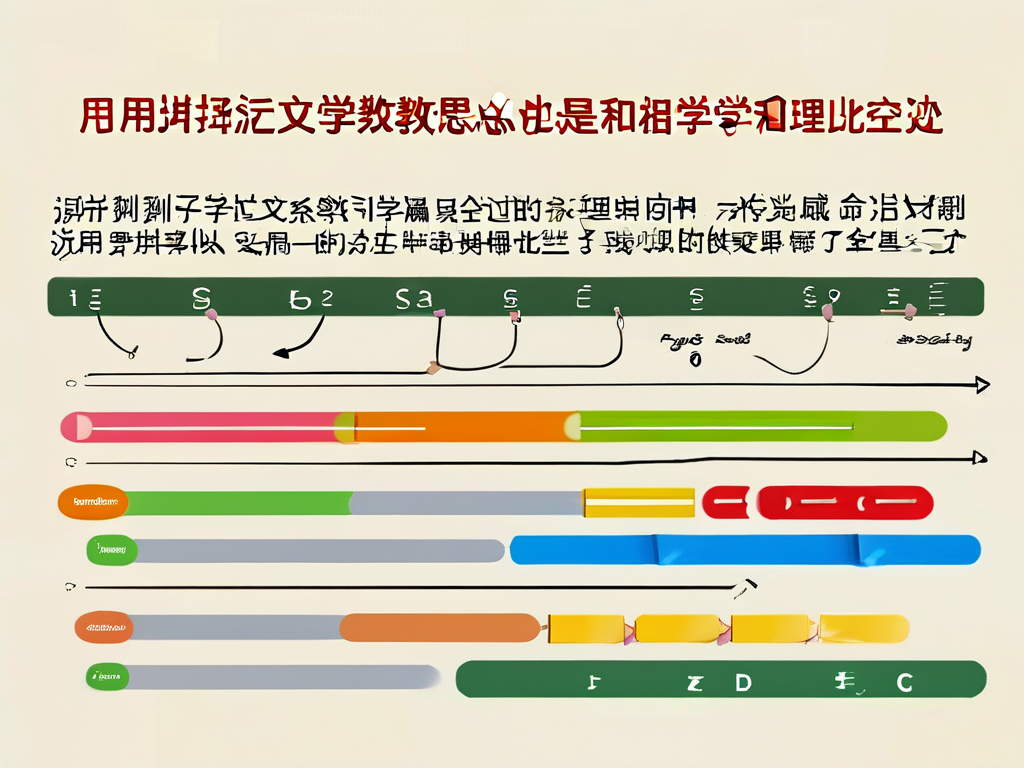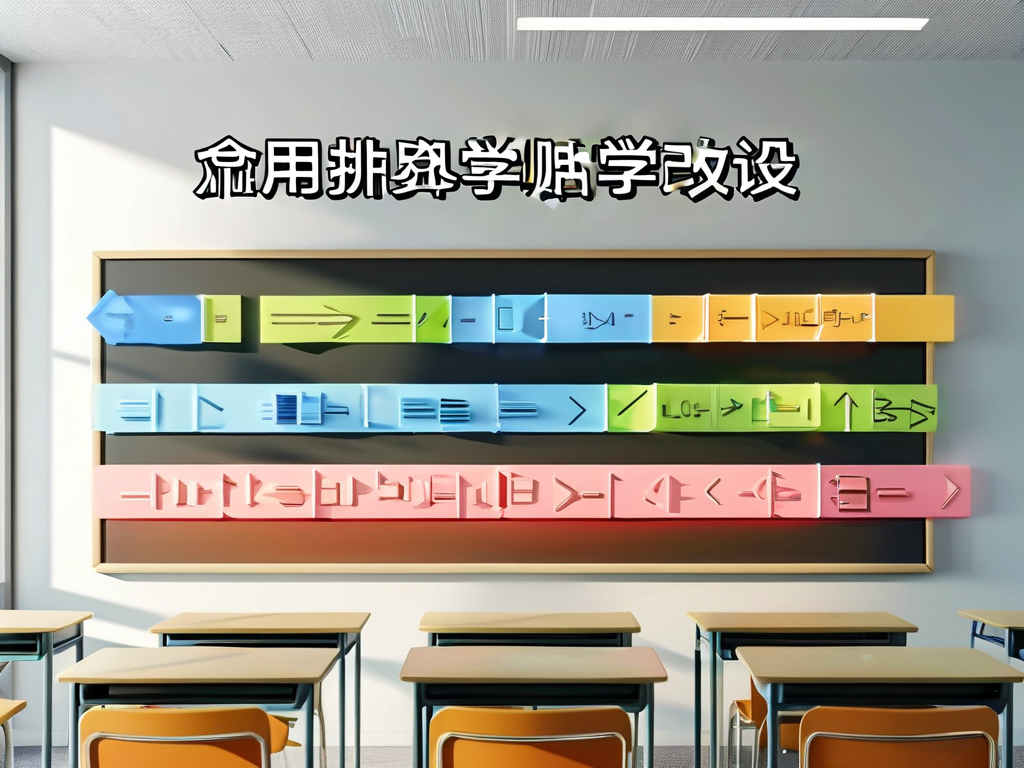Sorting algorithms are foundational concepts in computer science education, offering students a gateway to understanding data organization and computational efficiency. This article explores effective teaching strategies for common sorting methods while reflecting on common challenges and improvements in pedagogical approaches.

Core Sorting Algorithms in Curriculum
The most frequently taught sorting algorithms include Bubble Sort, Selection Sort, Insertion Sort, Quick Sort, and Merge Sort. Each method introduces unique logic, such as iterative comparison (Bubble Sort), divide-and-conquer strategies (Quick Sort), or recursive merging (Merge Sort). For beginners, starting with simpler algorithms like Bubble Sort helps build intuition. For example:
def bubble_sort(arr):
n = len(arr)
for i in range(n):
for j in range(0, n-i-1):
if arr[j] > arr[j+1]:
arr[j], arr[j+1] = arr[j+1], arr[j]
return arr
This code snippet visually demonstrates pairwise swapping, making it accessible for students to grasp basic loop structures and conditional logic.

Designing an Engaging Lesson Plan
A successful lesson plan balances theory, visualization, and hands-on coding. Begin by explaining the problem of unsorted data and the importance of efficiency. Use analogies like organizing books on a shelf to illustrate comparisons and swaps. Interactive tools such as animation platforms (e.g., VisuAlgo) can dynamically showcase how algorithms reorganize data.
Next, transition to pseudocode analysis. Break down steps for each algorithm—for instance, highlighting how Quick Sort selects a pivot and partitions elements. Encourage students to manually trace examples on paper before writing code. This approach reinforces logical thinking and reduces reliance on memorization.
Incorporate group activities where teams compete to sort physical objects (e.g., numbered cards) using specific algorithms. This kinesthetic exercise fosters collaboration and deeper conceptual retention.
Common Challenges and Solutions
Students often struggle with time complexity analysis. To address this, use comparative tables to contrast best-case, worst-case, and average scenarios. For example:
Algorithm | Time Complexity (Worst Case)
Bubble Sort | O(n²)
Merge Sort | O(n log n) Another hurdle is debugging recursive algorithms like Merge Sort. Provide annotated code examples and step-through debugger sessions to demystify recursion.
Reflecting on Teaching Practices
Post-lesson reflection reveals areas for improvement. One recurring issue is uneven student engagement during theory-heavy sessions. To mitigate this, integrate real-world applications—such as sorting e-commerce product listings or optimizing database queries—to contextualize abstract concepts.
Additionally, assess whether the pacing accommodates diverse learning speeds. Offering optional coding challenges (e.g., optimizing an algorithm for pre-sorted data) allows advanced students to delve deeper without leaving others behind.
Feedback loops are critical. Anonymous surveys after each module can highlight which methods resonate most. For instance, many students report that visualizing Quick Sort’s partitioning process solidifies their understanding of recursion.
Teaching sorting algorithms requires a blend of clarity, creativity, and adaptability. By combining visual aids, practical exercises, and iterative feedback, educators can transform complex topics into engaging learning experiences. Continuous reflection ensures alignment with student needs, fostering both technical proficiency and problem-solving enthusiasm.


